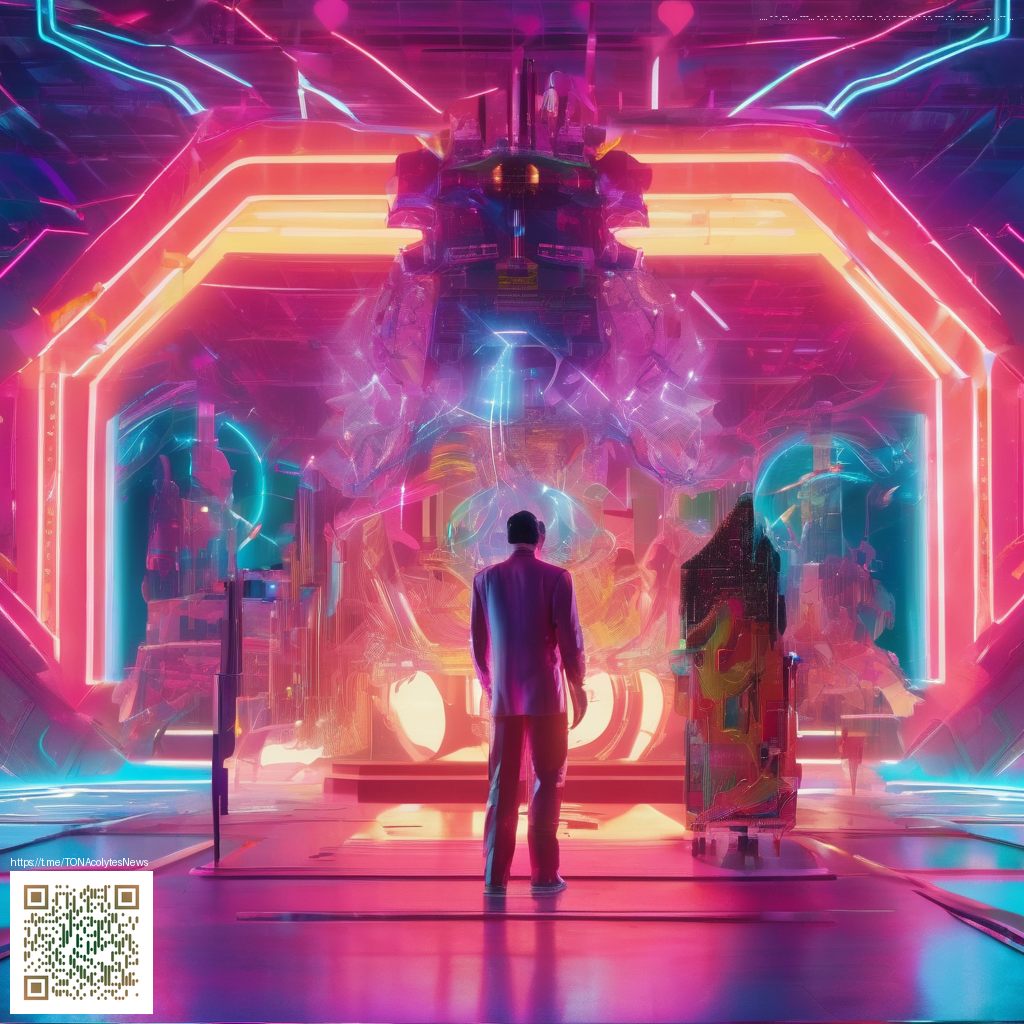
Texture and Viewer Retention: The Hidden Levers of Engagement
Texture isn’t just a visual flourish; it acts as a decisive cue that can shape where a viewer lands, how long they stay, and what they remember after the skim. In advertising, the subtle signals conveyed by texture—whether it’s the sheen of a product surface, the grain of a photographed backdrop, or the tactile impression suggested by on-screen elements—can influence perception of quality, credibility, and desirability. When you blend texture thoughtfully with layout, color, and motion, you’re not just decorating a frame—you’re guiding attention and retention.
Texture as a credibility cue and memory anchor
Humans rely on heuristics to interpret unfamiliar products quickly. A glossy, high-contrast texture can imply premium materials and durability, prompting viewers to trust the product more in a single glance. Conversely, a flat or overly busy texture can overwhelm the eye and dilute the message. The goal is texture that supports your core idea rather than competing with it. In practice, this means selecting textures that align with the product’s personality and the platform’s expectations. A well-chosen texture can become a mnemonic device, helping viewers recall your brand long after they’ve scrolled past.
Texture is the quiet ambassador of your ads. It communicates quality, hones focus, and can make a moment feel tactile even through a screen. When people sense a product’s “realness” through texture, they’re more likely to linger and remember.
Design guidelines to harness texture for retention
- Match texture to platform: Social feeds favor crisp, legible textures that don’t fight for attention with fast-scrolling viewers. Reserve subtle grain or micro-patterns for stills and carousels where viewers can pause.
- Balance gloss and matte: Glossy surfaces can amplify perceived value but may create glare; matte finishes reduce glare and can feel premium in lifestyle shots. Use a deliberate mix to control focal points.
- Consider depth and lighting: Fake depth via shading and soft shadows can make textures feel tangible, increasing engagement without adding clutter.
- Texture as a storytelling device: Let texture echo the product’s use case. A rugged polycarbonate look might reinforce durability for a portable device accessory, while a sleek, glassy texture suggests elegance for a premium gadget.
- Test and iterate: Small texture variations can produce meaningful shifts in retention. A/B tests that isolate texture changes help quantify impact on dwell time and recall.
In practice, brands increasingly blend texture with motion and timing. Subtle microtextures in typography, alongside a restrained material texture in product photography, can create a cohesive feel that keeps viewers engaged longer. For instance, a product page might lean into a tactile narrative by showing a surface close-up and pairing it with a clean, legible interface. If you’re exploring texture-forward design, you may also want to explore product pages such as the Neon Card Holder Phone Case MagSafe Polycarbonate, which demonstrates how material cues can communicate durability and style. You can view it on the dedicated product page here: Neon Card Holder Phone Case MagSafe Polycarbonate.
Beyond the product itself, the surrounding layout matters. A calm background texture can provide breathing room for a bold focal point, helping the viewer settle on the message rather than chase after decorative flourishes. In this context, texture serves as a stabilizing influence that guides attention, supports comprehension, and reduces cognitive load—factors that correlate with improved retention.
Practical steps for your next ad set
- Start with a texture inventory: glossy, matte, grainy, and subtle patterns. Pick one or two that align with your brand voice.
- Layer texture strategically: use it in backgrounds, product surfaces, and typography at different scales to create a cohesive hierarchy.
- Pair texture with lighting: lighting direction can emphasize texture; experiment with highlight and shadow to reveal material cues without overwhelming the scene.
- Integrate texture into motion: if video or cinemagraphs are used, let texture reveal itself through gentle parallax or micro-mignal changes rather than abrupt shifts.
- Measure retention outcomes: compare dwell time, scroll depth, and recall tests across texture variants to identify what resonates with your audience.
As you refine texture choices, remember that engagement is a holistic outcome. Texture finishes must harmonize with typography, color, and hierarchy to avoid competing signals. The right texture supports your story and keeps viewers from drifting away, turning a fleeting impression into lasting recall.